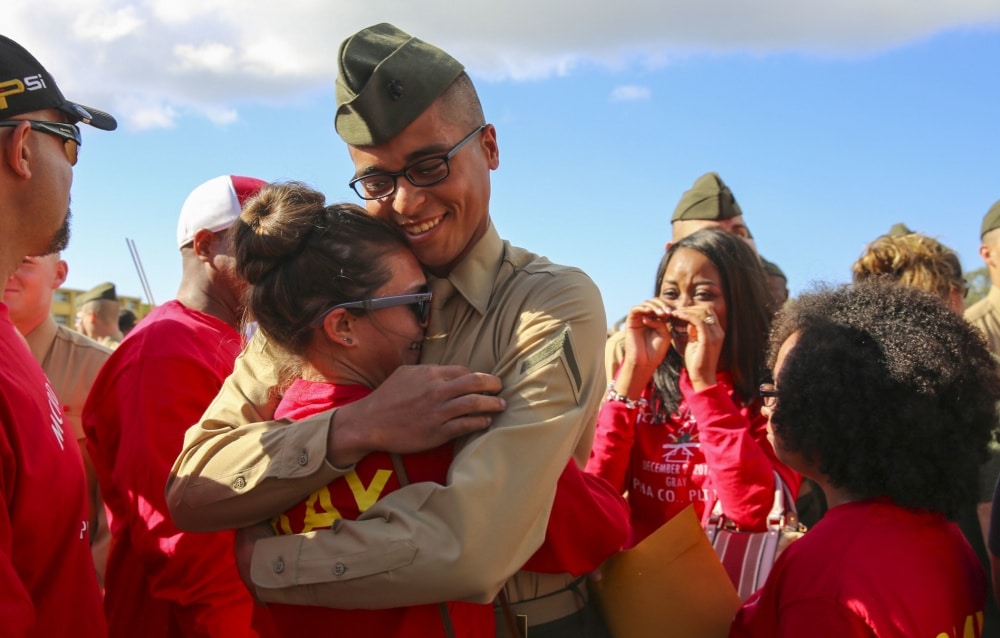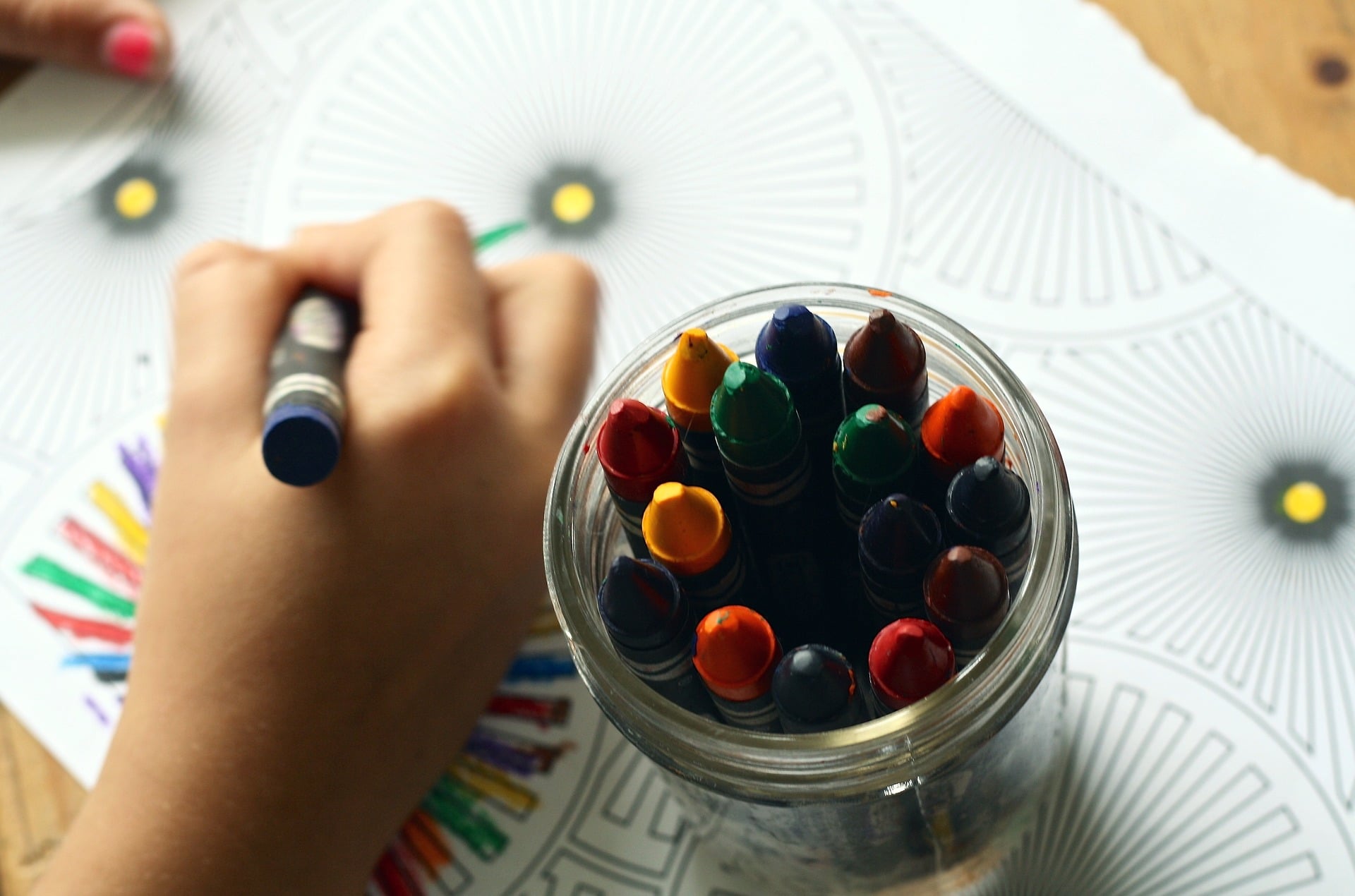
- The App
- Sandboxx News
- Resources
Learn
- Company
About
Become a Partner
Support
- The App
- Sandboxx News
- Resources
Learn
- Company
About
Become a Partner
Support
Letter writing is an age-old method of communicating. And service members love nothing more than getting letters from home — especially from their kids. Letter writing...

Letter writing is an age-old method of communicating.
And service members love nothing more than getting letters from home — especially from their kids. Letter writing for kids can be therapeutic as well as educational when they do it weekly.
Whether it’s on paper, email, or in an app, it’s important to encourage your kids to connect to their deployed parent as much as possible while they’re away. So often in the military world, letter writing is the only method of communicating.
Not to mention, it means the world to deployed parents.
It’s hard for kids to understand why their parents have to deploy, especially if they’re young. By having a weekly family gathering that includes letter writing for kids, it connects you as a family while creating content that will have a lasting impact on your service member. Plus, you can have discussions about how your kids are feeling about the deployment.
Need some ideas for letter writing?
Here we break down letter writing for kids of all ages:
It may be a fight sometimes, so gently encouraging writing sessions is best. Some kids may despise writing. If that’s the case, let your child create artwork as their way of communicating with their deployed parent.
Have a writer on your hands? Let their creativity flourish! If your child wants to free-write, let them have at it.
These are simply some starter ideas ideal for children of all ages broken down into age-appropriate categories.

Even though toddlers can’t write sensical letters, you can still involve them in the “letter writing” process through age-appropriate projects. Let them get creative with paint, crayons, and other crafts to send to their deployed parent. While they create, you can write your letter to your other half.
A few ideas:

Not only is letter writing a great way to understand written text, but it’s also a perfect opportunity to develop handwriting skills as well. If your child is typing an email, take the time to teach them the proper way to type for efficiency, too.
Here’s a look at topics your elementary and middle school kids may want to talk about in their letter:
Depending on where your child is in school, it may be appropriate to include parts of a letter for kids to understand how traditional letter writing works.
The basic parts most lessons include:
Bonus practice: Chat with your child’s teacher to get an idea of when letter writing will be covered in school. Your child’s teacher may also be open to your child’s class writing your deployed service member’s entire unit or platoon if you ask! It’s great practice for the kids and also provides a valuable lesson in learning about military service.

The high school age is a tricky one since teens don’t want to be told what to do. If you do family letter writing sessions together — especially with siblings — remind them of how they’re being a good role model by participating.
If they are feeling emotional or stuck when it comes to ideas, here are a few ideas to get them going:

Not only is letter writing a great skill for kids to have, but it gives your deployed family member something to look forward to while they’re away.
Letters are morale boosters and a connection to home that they can look at whenever they want a reminder of love. Deployed service members treasure every letter — whether handwritten, emailed, or sent through the Sandboxx app.
For kids, it’s a great way to strengthen vocabulary, practice penmanship, and communication skills — no matter what age they are. It’s also a valuable lesson in spending time doing a nice gesture for a family member who isn’t involved in daily activities due to their job.
Family relationships are everything — especially in the military world — and letter writing is just one way to stay connected when you feel so far apart.
We’d love to know: How many letters do you send a week to your deployed loved one? Drop us a note and share it in the comments below!
Want to write your own positive, uplifting letters to boot camp or a deployed family member? Check out our post: Boot Camp Letter Examples: Writing Positive Letters.
Feature image courtesy of Unsplash




